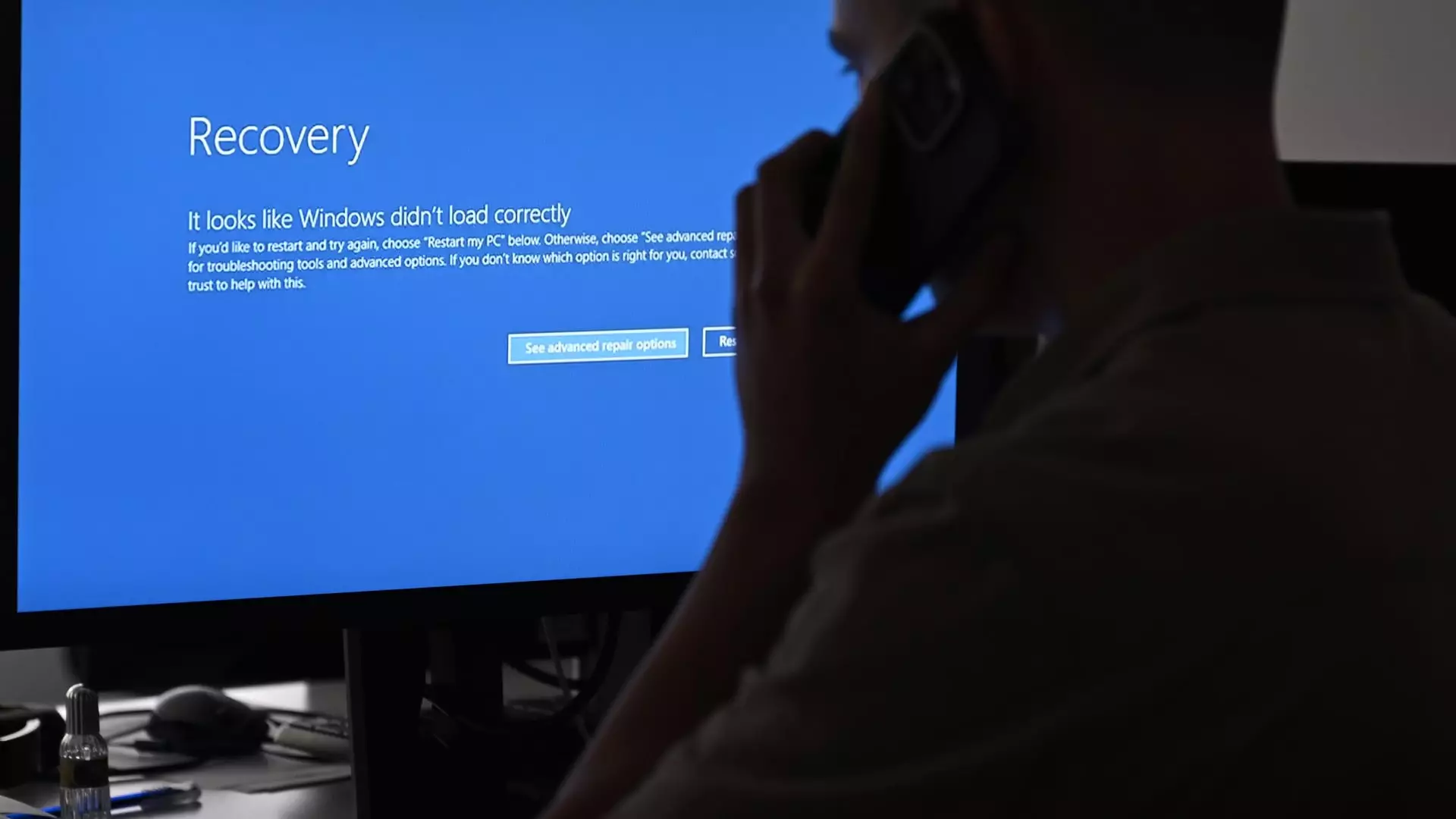The recent global IT outage, blamed on a botched software update from cybersecurity company CrowdStrike, revealed just how interconnected and reliant our modern society has become on technology. With computer screens going blue worldwide, flights being grounded, hotel check-ins impossible, and freight deliveries stalled, the initial panic of a cyberterrorist attack turned out to be a simple content update error. The update, which was automatically rolled out, contained buggy code that wreaked havoc on endpoints like laptops, desktops, and servers. This incident shed light on the disastrous consequences that a single mistake in the IT sector can have across various industries and infrastructure.
One of the key takeaways from this event is the importance of conducting software updates incrementally and ensuring rigorous testing in different environments before a full rollout. CrowdStrike’s decision to push the update to all customers at once, without proper quality control measures, highlighted the need for more safeguards in place to prevent similar incidents in the future. By testing updates in sandboxes, sending them to a smaller group first, and implementing stringent quality assurance processes, companies can mitigate the risk of widespread failures caused by faulty updates.
The outage also underscored the critical need for businesses to prioritize cybersecurity as an essential investment rather than just an additional cost. Building redundancy into systems and diversifying cybersecurity tools can help prevent a single-point failure from halting operations. While it may be costly to implement redundant systems, the expense of dealing with a large-scale outage like the recent one far outweighs the initial investment in cybersecurity. Business owners and organizations must revise their cybersecurity strategies, view cybersecurity services as indispensable, and focus on strengthening their defenses against potential threats.
On a broader scale, the incident exposed systemic vulnerabilities within the enterprise IT landscape and highlighted the general lack of cybersecurity leadership within organizations. The failure of a single cybersecurity tool should not be able to bring down an entire business, emphasizing the need for robust cybersecurity measures across the board. With a myriad of third-party vendor products permeating the tech supply chain, identifying and addressing vulnerabilities at the kernel level becomes a monumental task. Businesses must prioritize backup and redundancy measures, even if they believe they cannot afford to prepare for potential cyber threats that may never materialize.
The global IT outage caused by a botched software update serves as a wake-up call for businesses and organizations to reassess their cybersecurity strategies, invest in redundancy, and prioritize cybersecurity as a fundamental aspect of their operations. The interconnected nature of modern technology and the increasing reliance on digital infrastructure make it imperative for companies to adopt a proactive approach to cybersecurity and mitigate the risk of catastrophic failures induced by software updates gone awry. By learning from past mistakes and implementing stringent quality control measures, businesses can better protect themselves from the pervasive threat of cyber attacks and system failures in an increasingly digital world.


Leave a Reply